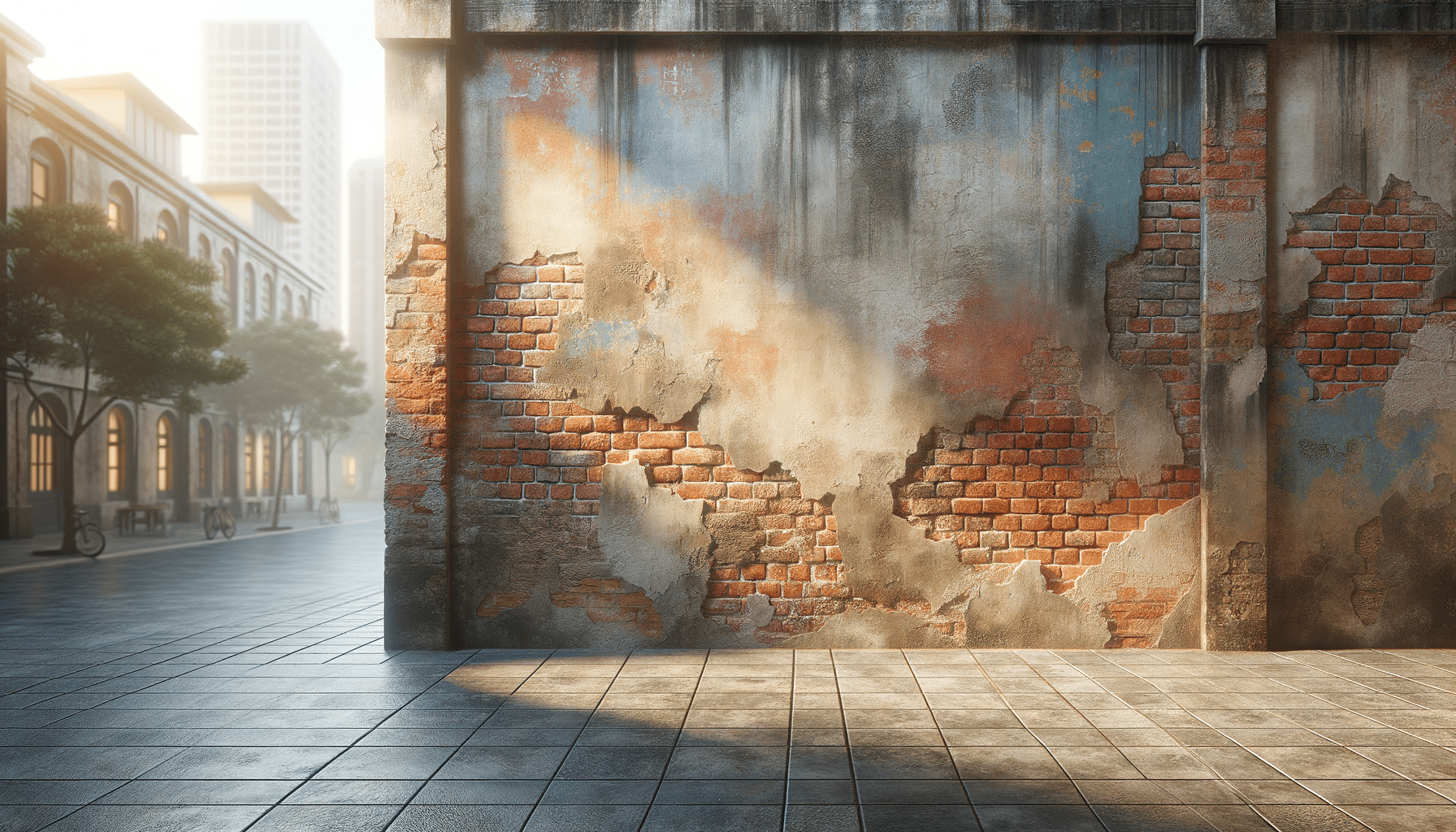
Learn more about Wall Restoration
Introduction to Wall Restoration
Wall restoration is an essential process in maintaining the structural integrity and aesthetic appeal of buildings. Whether you’re dealing with a historic property or a modern home, walls are susceptible to damage from various factors such as weather, age, and accidents. Understanding the intricacies of wall restoration can help homeowners and professionals alike in preserving the beauty and function of their structures.
The relevance of wall restoration cannot be overstated. It not only enhances the visual appeal of a building but also ensures safety by addressing potential structural issues. Through this article, we delve into the various aspects of wall restoration, providing insights and practical advice for anyone interested in this vital field.
Understanding the Causes of Wall Damage
Walls endure a lot over time, and understanding the causes of damage is crucial for effective restoration. Common causes include:
- Environmental Factors: Weather conditions such as rain, wind, and extreme temperatures can lead to erosion, cracks, and other forms of deterioration.
- Moisture Intrusion: Water is a significant enemy of walls. Leaks, flooding, or even high humidity can cause mold, mildew, and structural weakening.
- Physical Damage: Accidental impacts, such as furniture mishaps or renovations, can cause cracks and holes.
- Age and Wear: Over time, materials naturally degrade, leading to a need for restoration.
Identifying these causes early can prevent extensive damage and reduce restoration costs. Regular inspections and maintenance play a critical role in preserving wall integrity.
Techniques and Materials for Wall Restoration
Wall restoration involves various techniques and materials, depending on the type and extent of damage. Some common methods include:
- Plaster Repair: For small cracks and holes, plaster repair is a straightforward solution. It involves cleaning the area, applying plaster, and smoothing it out for a seamless finish.
- Repointing: This technique is used for brick walls where mortar has deteriorated. It involves removing old mortar and applying new mortar to reinforce the structure.
- Painting and Sealing: Protective coatings can prevent future damage. Applying paint or sealant creates a barrier against moisture and environmental factors.
- Structural Reinforcement: For severe damage, reinforcing the wall with additional materials or supports may be necessary to ensure stability.
Choosing the right materials is crucial for successful restoration. Factors such as wall type, damage extent, and environmental conditions should guide material selection.
Preserving Historical Walls
Restoring historical walls presents unique challenges and requires a delicate balance between preservation and functionality. Here are some considerations:
- Authenticity: Maintaining the original appearance and materials is vital for historical accuracy. This often involves sourcing period-appropriate materials and techniques.
- Regulations and Guidelines: Many historical sites are protected by regulations that dictate restoration methods. Adhering to these guidelines is essential for compliance and preservation.
- Expertise: Engaging specialists with experience in historical restoration can ensure that the process respects the structure’s legacy while addressing modern needs.
Historical wall restoration not only preserves cultural heritage but also enhances the value and significance of the property.
Conclusion: The Importance of Wall Restoration
Wall restoration is a critical aspect of building maintenance that protects both aesthetic and structural integrity. Whether dealing with minor repairs or extensive restoration projects, understanding the causes of wall damage and employing the right techniques are crucial for success.
Investing in wall restoration not only extends the lifespan of a building but also enhances its value and appeal. By considering environmental factors, choosing appropriate materials, and respecting historical significance, wall restoration can be a rewarding endeavor that preserves the past and prepares for the future.


